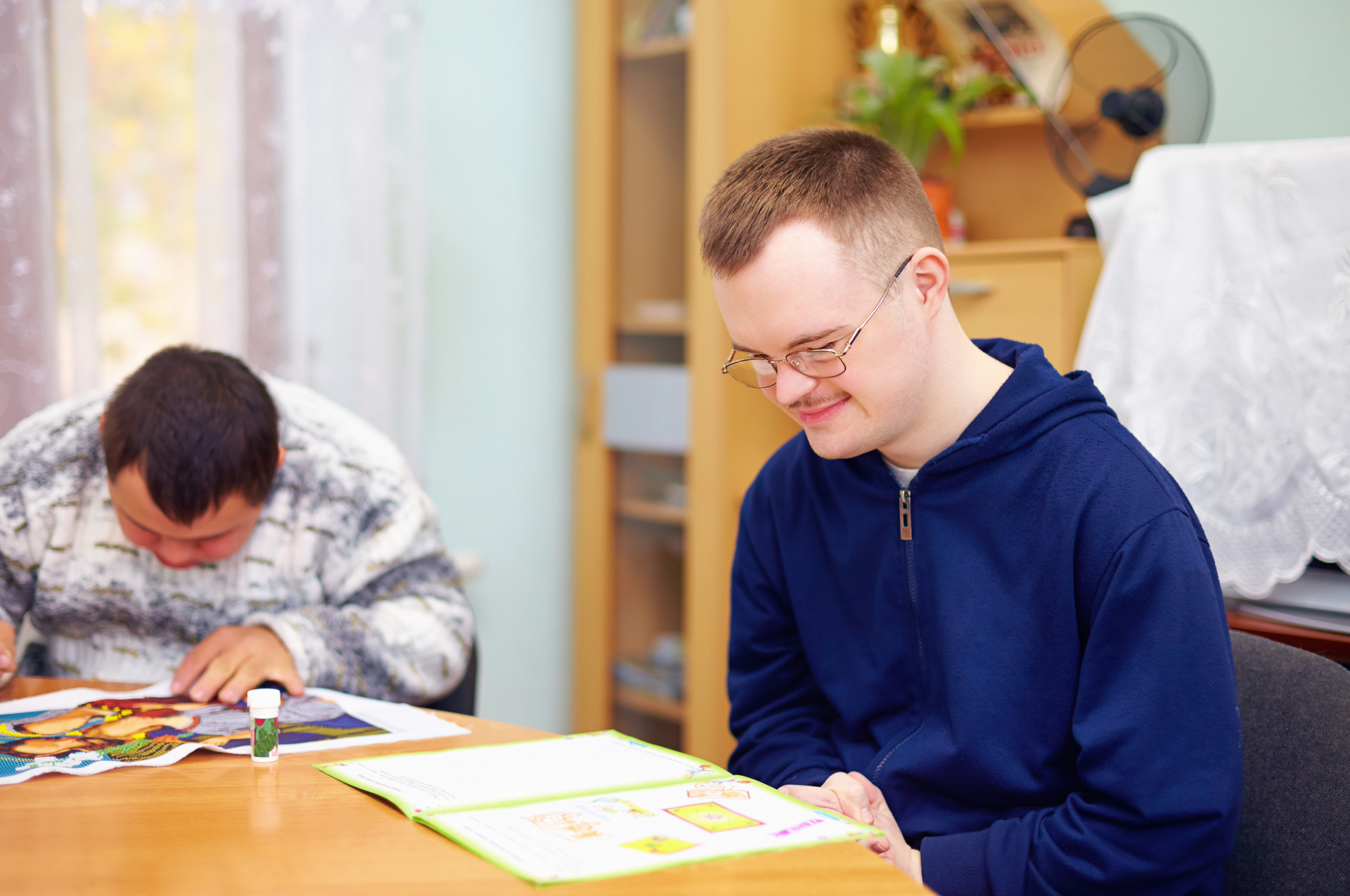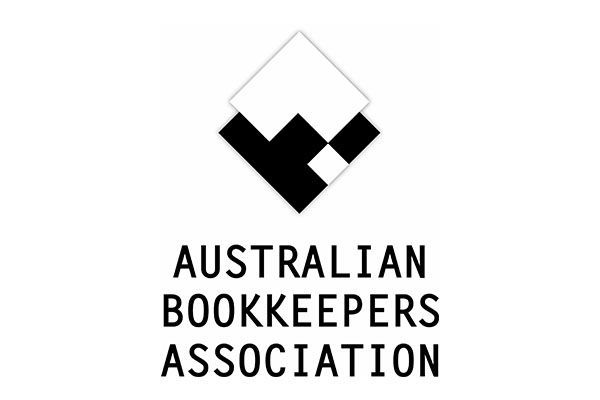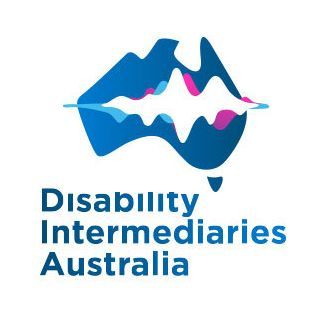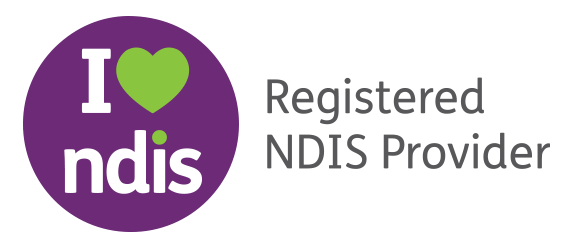Participant Enquiries
Understanding ADHD: Symptoms, Challenges, and Effective Strategies
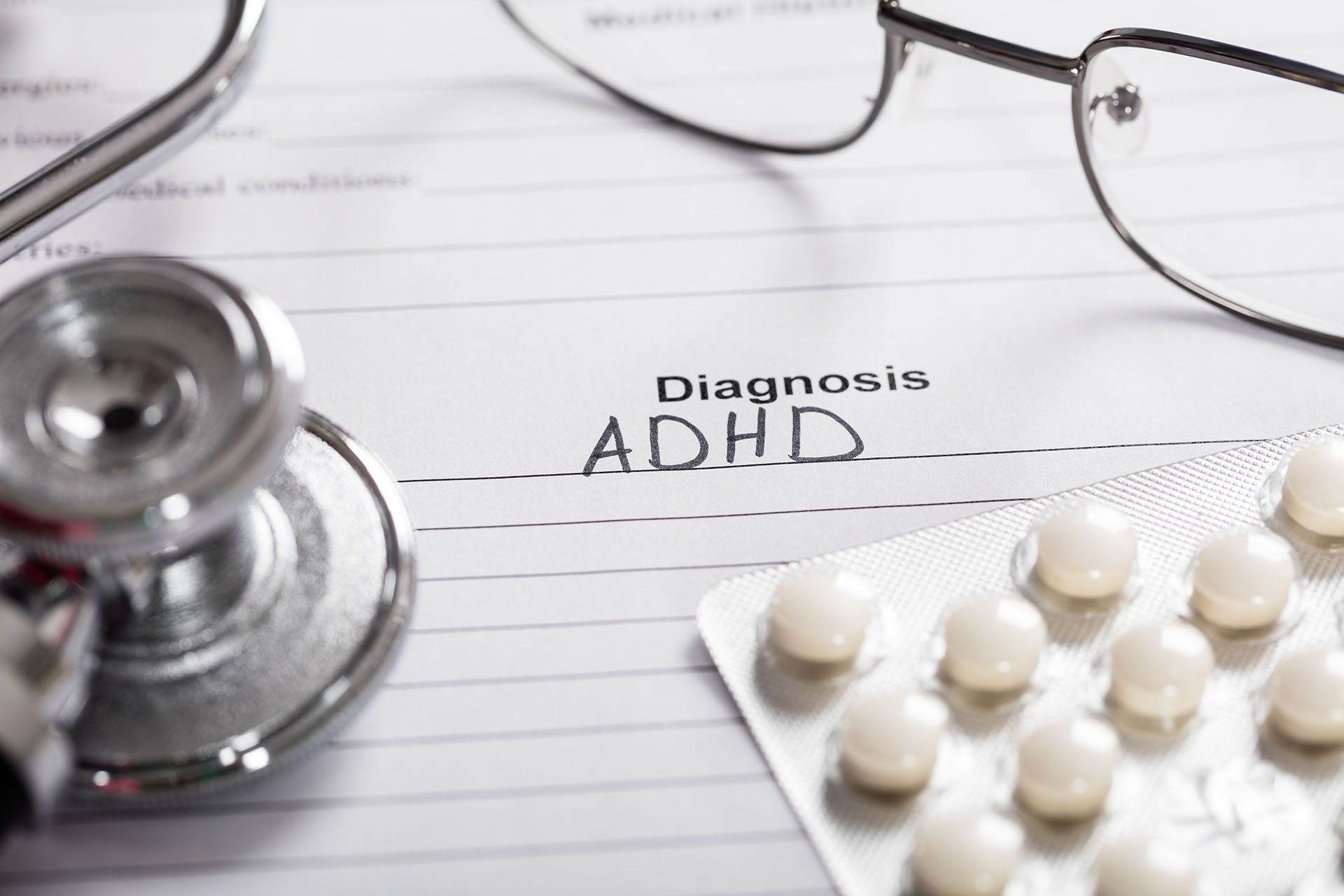
Attention-Deficit Hyperactivity Disorder (ADHD), also called is a widely recognised neurodevelopmental condition affecting millions worldwide. Despite its prevalence, many questions arise, such as “What are the symptoms of ADHD, Attention-Deficit Hyperactivity Disorder?”, “Is it a disability?”, “Is it a learning disability? and "How do you diagnose ADHD?” This blog will explore these topics and provide clarity on the nature and impact of ADHD.
What Is ADHD, Attention-Deficit Hyperactivity Disorder?
ADHD, Attention-Deficit Hyperactivity Disorder is a neurodevelopmental disorder, (brain development disorder) that typically manifests in childhood but can persist into adulthood. It affects the brain’s ability to regulate attention, behaviour, and activity levels, often leading to challenges in daily life.
There are three main types of ADHD Attention-Deficit Hyperactivity Disorder:
1. Predominantly Inattentive Type
- Difficulty sustaining attention.
- Frequent careless mistakes in work or school.
- Often forgetful or disorganised.
- Trouble following through on tasks or instructions.
2. Predominantly Hyperactive-Impulsive Type
- Fidgeting or inability to stay seated.
- Talking excessively or blurting out answers.
- Interrupting others during conversations.
- Difficulty waiting for their turn.
3. Combined Type
- A combination of both inattentive symptoms and hyperactive-impulsive
Definition and Overview
Attention Deficit Hyperactivity Disorder, ADHD, is a neurodevelopmental disorder characterised by inattentive symptoms, hyperactivity, and impulsivity. It is one of the most common and extensively studied neurodevelopmental disorders, affecting approximately 8.4% of children and 2.5% of adults worldwide. ADHD is a chronic brain condition that impacts executive function, disrupting a person’s ability to manage emotions, thoughts, and actions. This brain development disorder can significantly influence daily life, making maintaining focus, controlling impulses, and regulating activity levels challenging.
Is Attention-Deficit Hyperactivity Disorder, ADHD a Brain Development Disorder?
Yes, ADHD, attention deficit hyperactivity disorder, is classified as a neurodevelopmental disorder, meaning it is rooted in the development and function of the brain. It specifically affects areas of the brain responsible for:
- Attention and Focus: Challenges in maintaining attention or filtering distractions.
- Impulse Control: Difficulty regulating actions and delaying gratification.
- Executive Functioning: Struggles with planning, organisation, and completing tasks.
Scientific research shows that ADHD is associated with differences in brain structure, activity, and neurotransmitter function, particularly involving dopamine. These differences influence how individuals with ADHD process information, regulate behaviour and respond to their environment.
In addition to its neurodevelopmental roots, ADHD can often co-occur with other mood disorders or mental health conditions such as anxiety disorders. Anxiety is one of the most common comorbid conditions seen in both children and adults with ADHD. Symptoms of anxiety can overlap with or exacerbate ADHD-related challenges, such as difficulty concentrating, restlessness, and impulsivity.
Because of these overlapping symptoms, thorough psychiatric evaluations are crucial to diagnose and treat both conditions accurately. An accurate diagnosis ensures that individuals receive tailored interventions, whether behavioural therapy, medication, or a combination of both, to address the unique challenges posed by Attention Deficit Hyperactivity Disorder, ADHD and its comorbid conditions.
It’s important to remember that ADHD is not caused by poor parenting, lack of discipline, or laziness. Instead, it is a legitimate medical condition with a biological basis, requiring appropriate support and strategies for effective management.
What Is the Difference Between ADHD and ADD?
You may have heard the terms Attention Deficit Hyperactivity Disorder (ADHD) and Attention-Deficit Disorder (ADD) used interchangeably, but they refer to slightly different concepts.
ADHD, attention deficit hyperactivity disorder, is the current medical term that encompasses challenges with inattention, hyperactivity, and impulsivity. In the past, the term ADD, Attention-Deficit Disorder, was used to describe individuals who primarily exhibited inattention without significant hyperactivity.
Today, ADD is no longer used as a standalone diagnosis. Instead, it falls under the umbrella of ADHD as ADHD Predominantly Inattentive Presentation. This subtype focuses on symptoms like:
- Difficulty maintaining attention or focus.
- Frequent forgetfulness and disorganisation.
- Avoidance of tasks that require prolonged mental effort.
While individuals with inattentive symptoms may not display hyperactive or impulsive behaviours, they still face significant challenges that can impact their daily lives. Understanding these distinctions helps ensure the right strategies and supports are in place.
ADHD Symptoms
Attention deficit hyperactivity disorder, ADHD symptoms vary between individuals adhd diagnosis but typically include:
Inattention
- Difficulty maintaining focus on tasks or play.
- Frequently losing items needed for activities (e.g., keys, books).
- Easily distracted by unrelated stimuli.
- Avoiding tasks requiring sustained mental effort.
- Inattentive symptoms are prevalent in individuals with inattentive ADHD presentations, particularly in girls and women.
Hyperactivity
- Excessive talking or moving.
- Difficulty sitting still, often feeling “on the go.”
- Running or climbing in inappropriate situations (more common in children).
- People with ADHD tend to exhibit hyperactive behaviours, and these symptoms can vary between genders and age groups.
Impulsivity
- Acting without considering consequences.
- Interrupting conversations or games.
- Difficulty waiting for their turn in structured settings.
It’s essential to note that occasional inattention or hyperactivity is normal, especially in young children. A diagnosis of ADHD requires that these symptoms are persistent, impair daily functioning, and occur across multiple settings (e.g., home, school, work).
Comorbid Conditions with ADHD
Attention deficit hyperactivity disorder, ADHD, often coexists with other disorders such as mental health, psychiatric disorders and developmental disorders, a phenomenon known as comorbidity. These additional challenges can amplify the difficulties experienced by individuals with ADHD, making it essential to diagnose ADHD early and provide comprehensive treatment. Here are the most common comorbid conditions:

1. Oppositional Defiant Disorder (ODD)
ODD is one of the most frequent comorbid conditions in children with ADHD, affecting approximately 40–60% of those diagnosed. It is characterised by:
- Persistent patterns of defiance and disobedience toward authority figures.
- Frequent temper outbursts or emotional dysregulation.
- Intentional attempts to annoy or irritate others.
The impulsivity and emotional regulation difficulties seen in ADHD can contribute to Oppositional Defiant Disorder symptoms, leading to challenges in school, at home, and in peer relationships.
Management: Behavioral therapy, parent training, and consistent routines can significantly reduce oppositional behaviours when tailored to address both ADHD and ODD.
2. Anxiety Disorders
Anxiety disorders, including generalised anxiety disorder (GAD) and social anxiety, frequently co-occur with ADHD. Studies suggest that around 30–40% of individuals with ADHD also experience an anxiety disorder.
Symptoms may include:
- Excessive worry or fear about daily activities.
- Difficulty managing stress or adapting to changes.
- Physical symptoms like headaches, stomachaches, or fatigue linked to stress.
Anxiety can exacerbate ADHD symptoms, such as difficulty focusing or completing tasks, creating a cycle of frustration and avoidance.
Management: Cognitive Behavioral Therapy (CBT), mindfulness practices, and in some cases, medication can help individuals manage both anxiety and symptoms of diagnosed ADHD.
3. Autism Spectrum Disorder (ASD)
Although ADHD and ASD are distinct conditions, they often overlap. Research indicates that around 20–50% of individuals with ASD also meet the criteria for ADHD.
Shared symptoms include:
- Difficulty regulating attention and managing impulses.
- Challenges in social interactions and communication.
When ADHD and ASD conditions co-occur, individuals may experience heightened difficulties in behaviour, communication, and daily functioning. Transitions and sensory sensitivities may become more challenging, and impulsive behaviors can amplify the struggles associated with ASD.
Management: Early intervention programs, social skills training, and therapies tailored to the individual can help address the unique needs of those with diagnosed ADHD and ASD.
4. Learning Disabilities
ADHD often coexists with learning disabilities, affecting up to 45% of children with ADHD. Common learning disorders include:
- Dyslexia: Difficulty with reading and language processing.
- Dysgraphia: Struggles with writing skills, including handwriting and spelling.
- Dyscalculia: Challenges with mathematical reasoning and computation.
While ADHD itself is not a learning disability, its symptoms such as inattention or impulsivity can interfere with academic performance, making it crucial to address coexisting conditions.
Management: Individualised education plans (IEPs), specialised tutoring, and classroom accommodations can support those with diagnosed ADHD.
5. Depression
Depression is another common comorbid condition, particularly in adolescents and adults with ADHD. The constant challenges posed by ADHD, such as difficulty meeting expectations or maintaining relationships, can contribute to feelings of low self-worth and sadness.
Symptoms include:
- Persistent feelings of sadness or hopelessness.
- Loss of interest in activities once enjoyed.
- Changes in sleep or appetite.
Management: A combination of therapy (e.g., CBT or interpersonal therapy) and medication may be necessary to treat depression alongside diagnosed ADHD.
Why It’s Important to Address Comorbidities
Recognising and treating comorbid conditions alongside ADHD is crucial to improving outcomes. Untreated comorbidities can exacerbate ADHD symptoms, leading to increased challenges in academic, social, and professional settings. By addressing the full spectrum of needs, individuals with ADHD can develop effective strategies to manage their symptoms and thrive in daily life.
ADHD in Australia: The Statistics
In Australia, attention deficit hyperactivity disorder, ADHD, is one of the most common neurodevelopmental disorders among young children and adolescents. Recent studies indicate that approximately 7.4% of Australian children and adolescents aged 4–17 years have been diagnosed with ADHD. This equates to around 298,000 young children and adolescents experiencing ADHD within 12 months.
ADHD is more frequently diagnosed in boys than girls:
- 10.9% of boys aged 4–11 years have an ADHD, attention deficit hyperactivity disorder diagnosis compared to 5.4% of girls in the same age group diagnosed with ADHD.
- The prevalence of ADHD among adolescents aged 12–17 is 9.8% for boys and 2.7% for girls.
These statistics highlight the significant impact of ADHD on Australian families, emphasising the importance of early ADHD identification and effective management strategies to support affected individuals.
Causes and Risk Factors
The exact causes of ADHD and attention deficit hyperactivity disorder are not yet fully understood, but research suggests that it is a complex interplay of genetic, environmental, and neurobiological factors. Genetics play a significant role, with several genes linked to ADHD. Environmental factors, such as premature birth, low birth weight, exposure to toxins during pregnancy, and extreme stress during pregnancy, may also contribute to the development of ADHD. Additionally, differences in brain structure, nerve networks, and neurotransmitters have been found in individuals with ADHD. These findings indicate that ADHD is a multifaceted condition influenced by various elements that affect brain development and function.
Diagnose ADHD
Diagnosing ADHD attention deficit hyperactivity disorder involves a comprehensive evaluation of symptoms, medical history, and behavioural patterns. The diagnostic criteria for ADHD, as outlined in the Diagnostic and Statistical Manual of Mental Disorders (DSM-5), require that symptoms be present in two or more settings, such as home and school, and that they cause significant impairment in social, occupational, or other areas of functioning. Diagnosing ADHD can only be done by a qualified healthcare professional, such as a psychologist, psychiatrist, or primary care physician. This thorough assessment ensures that the ADHD diagnosis is accurate and that other potential mental disorders or conditions are ruled out.
Is ADHD a Disability? Understanding ADHD Diagnosis
ADHD can be considered a disability under laws like the Disability Discrimination Act (DDA) in Australia and similar frameworks globally.
This classification is because ADHD can significantly impact an individual’s ability to perform key life activities, such as focusing on tasks, managing responsibilities, or maintaining relationships. The severity of the impact of ADHD varies greatly among individuals.
Is ADHD a Learning Disability?
ADHD is not a learning disability but can affect learning due to difficulties with attention, organisation, and impulse control. Learning disabilities involve specific challenges with academic skills, such as reading (dyslexia), writing (dysgraphia), or math (dyscalculia).
However, ADHD, attention deficit hyperactivity disorder and learning disabilities often co-occur. Studies indicate that up to 45% of children with ADHD may also have a learning disability, highlighting the importance of comprehensive ADHD diagnosis and assessments.
How ADHD Affects Daily Life
ADHD can influence various aspects of life, including:
- Education: Challenges with focus can impact academic performance.
- Work: Difficulty meeting deadlines or staying organised can hinder professional growth.
- Relationships: Impulsivity and inattention can create misunderstandings or frustrations.
Mood disorders, such as bipolar disorder and major depressive disorder, often co-occur with ADHD, particularly in boys diagnosed with the combined subtype.
However, with the right support, individuals with ADHD can thrive in all areas of life.
ADHD in Different Life Stages
ADHD can affect individuals at different stages of life, presenting unique challenges and opportunities for support in each phase.
ADHD in Children
ADHD in children is characterised by symptoms of inattention, hyperactivity, and impulsivity. Children with ADHD may struggle with paying attention, following instructions, and completing tasks. They may also exhibit excessive fidgeting, restlessness, and impulsive behaviours.
Positive parenting strategies, such as providing a structured environment and encouraging physical activity, can help manage symptoms. Behavioural therapy, such as parent-child interaction therapy, effectively reduces symptoms and improves behaviour. In some cases, medication may be necessary to help manage ADHD symptoms.

By understanding and addressing the unique challenges faced by young children, older children and adolescents with ADHD, parents and caregivers can support their development and well-being.
ADHD in Adults
For many adults, ADHD remains undiagnosed until later in life. This can be due to various reasons, including a lack of awareness about ADHD symptoms in adults or the misconception that ADHD is only a condition affecting young children. Adults, when diagnosing ADHD, often look back and recognise lifelong challenges, such as difficulty managing time, relationship difficulties, maintaining focus, controlling impulsive behaviours, or making careless mistakes.
Key challenges faced by adults with ADHD include:
- Workplace Struggles: Difficulty staying organised, meeting deadlines, or maintaining consistent productivity.
- Relationship Challenges: Impulsivity, inattentiveness, or emotional dysregulation can strain personal and professional relationships.
- Mental Health Impacts: Undiagnosed ADHD is often accompanied by anxiety, depression, or low self-esteem, stemming from years of misunderstood behaviours or struggles.
For adults diagnosed later in life with ADHD, the realisation can bring a mix of emotions, from relief to regret. However, with the right support and ADHD treatment, adults with ADHD can thrive. Effective interventions may include:
- Cognitive Behavioral Therapy (CBT): Helps address negative thought patterns and develop better coping strategies as part of ADHD treatment.
- Executive Function Coaching: Focuses on building skills in organisation, time management, and goal setting to support comprehensive ADHD treatment.
- Medication: This can help regulate attention and reduce impulsivity, playing a key role in ADHD treatment.
Late diagnosis also underscores the importance of self-compassion. Understanding that ADHD is a neurodevelopmental condition, not a personal failing, can help adults focus on managing their symptoms and embracing their strengths.
ADHD Treatment and Support
Effective ADHD treatment and management for an ADHD diagnosis often include a combination of:
- Medication: Stimulants like methylphenidate or non-stimulant options can help regulate symptoms and treat ADHD effectively. Combining therapy and pharmacological approaches is crucial, with medications playing a significant role in improving focus and impulse control for those seeking to treat ADHD.
- Behavioural Therapy: Strategies to improve organisation, time management, and social skills are essential to treat ADHD. These non-medical approaches address daily challenges and help individuals build effective coping mechanisms.
- Accommodations: Adjustments in work or school environments, such as extended time for tasks or quieter spaces, can support individuals in managing symptoms while working to treat ADHD holistically.
ADHD and the NDIS
In Australia, ADHD may qualify as a disability under the National Disability Insurance Scheme (NDIS) if it significantly impacts daily functioning. Supports can include therapy, coaching, or tools to improve focus and organisation.
Eligibility depends on the severity of symptoms and their impact on life. Healthcare professionals often provide assessments to access NDIS funding.
Strengths of Individuals with ADHD
While ADHD presents challenges, it also comes with unique strengths, such as:
- Creativity and innovative problem-solving.
- Hyperfocus on topics of passion.
- High energy and enthusiasm for new projects.
ADHD affects the central nervous system, influencing brain function and development, which can lead to unique strengths such as creativity and innovative problem-solving.
These traits often lead to creative, entrepreneurial, or dynamic success.
How Empowrd Can Support You with ADHD and NDIS
Living with ADHD can be challenging, but with the right support, individuals can thrive in all areas of life. Based in Port Lincoln, Empowrd specialises in Plan Management and Support Coordination, helping you maximise your NDIS plan and access the needed services.
- Plan Management: We take the stress out of managing your NDIS funding by handling invoices, payments, and budgeting so you can focus on achieving your goals.
- Support Coordination: Our experienced team connects you with tailored services, from therapy and coaching to tools that enhance focus and organisation, ensuring your plan works for you.
Ready to take the next step? Contact Empowrd today to explore how we can empower you or your loved one to navigate ADHD and thrive with the right NDIS support.

NDIS Plan Management and Support Coordination
At Empowrd, we are here to make your life easier. Based in Port Lincoln on the Eyre Peninsula, we offer a personal, accessible and holistic approach to NDIS Plan Management and Support Coordination.
We provide Plan Management services across Australia, assisting with financial administration, and offer Support Coordination to participants in Port Lincoln and Eyre Peninsula, connecting them with the right supports and providers. Our goal is to ensure your NDIS plan works for you, so you can focus on achieving your goals and doing what you love.

Want to Become a Support Worker?
Our Independent Support Workers Education Portal provides everything you need to navigate the NDIS, find work, and confidently offer services as an Independent Support Worker. For just $65, you will gain access to comprehensive guides, essential resources, and ready-to-use templates to streamline your work.
Inside, you will find:
- A clear breakdown of how the NDIS works
- Tips for finding jobs and delivering services
- Step-by-step guidance on invoicing and support planning
- Ready-to-edit templates for quotes, service agreements, invoices, and case notes
Need just the templates? You can also purchase them separately as standalone resources.
I hope you enjoy reading this blog post.
If you are ready to be Empowrd to live your life to the fullest, let us steer you on the right path.
Be EMPOWRD to Live Your Best Life
If you’re ready to be empowered to live life on your terms, we’re here to help guide the way. At Empowrd, we offer a personal, accessible, and holistic approach to NDIS Plan Management and Support Coordination. We’ll ensure your plan works for you, allowing you to focus on your goals and the things you love most.









